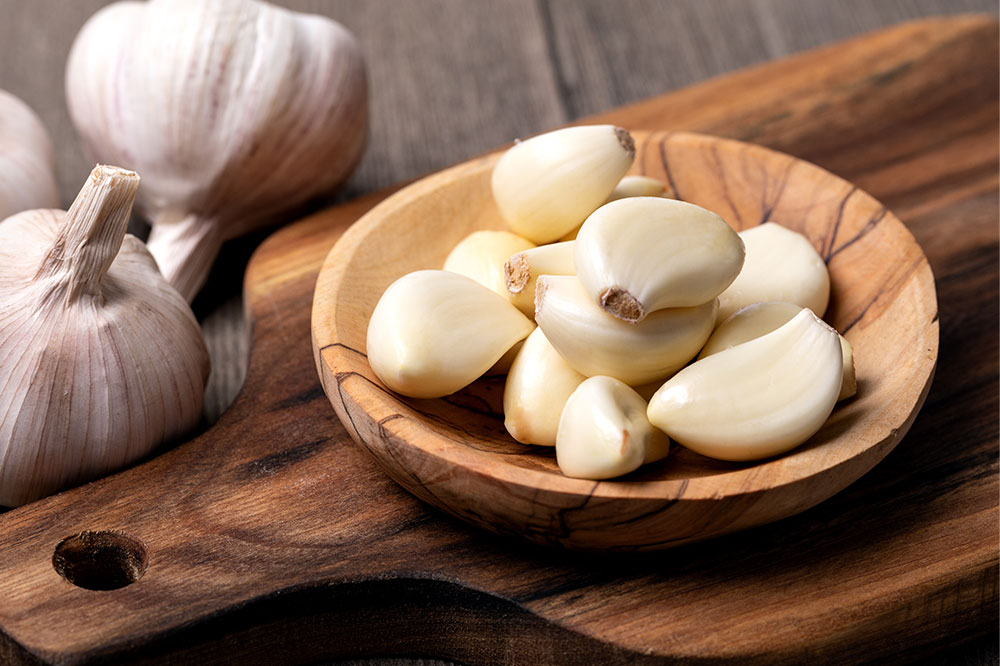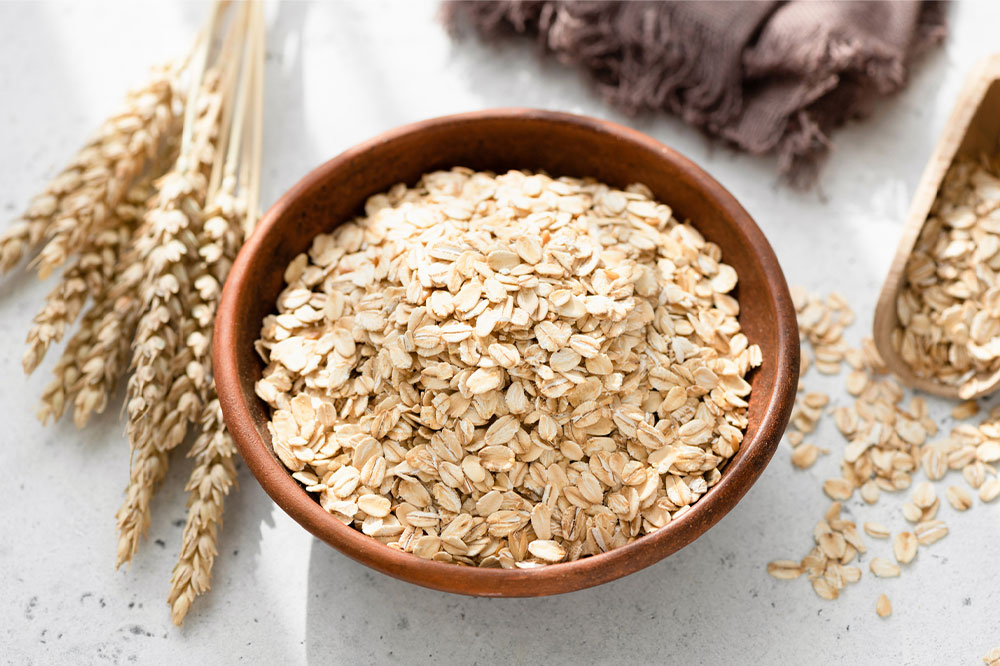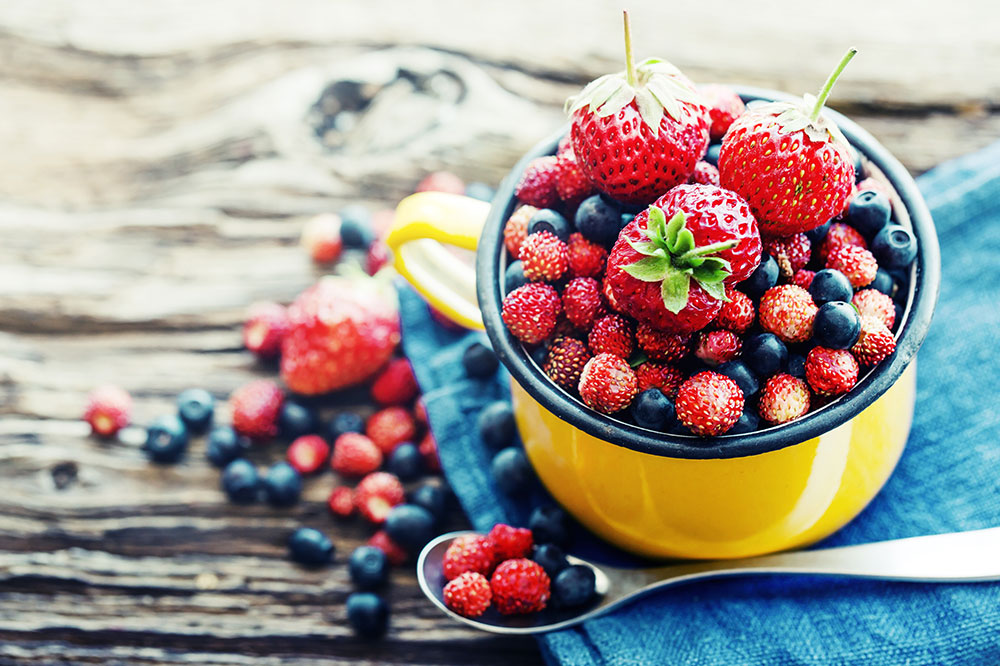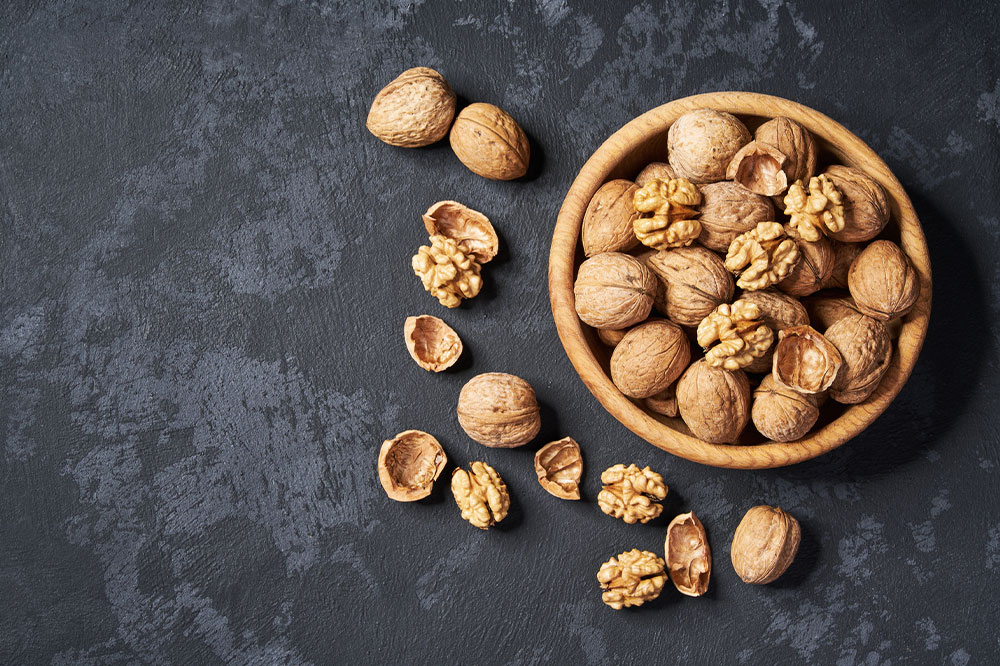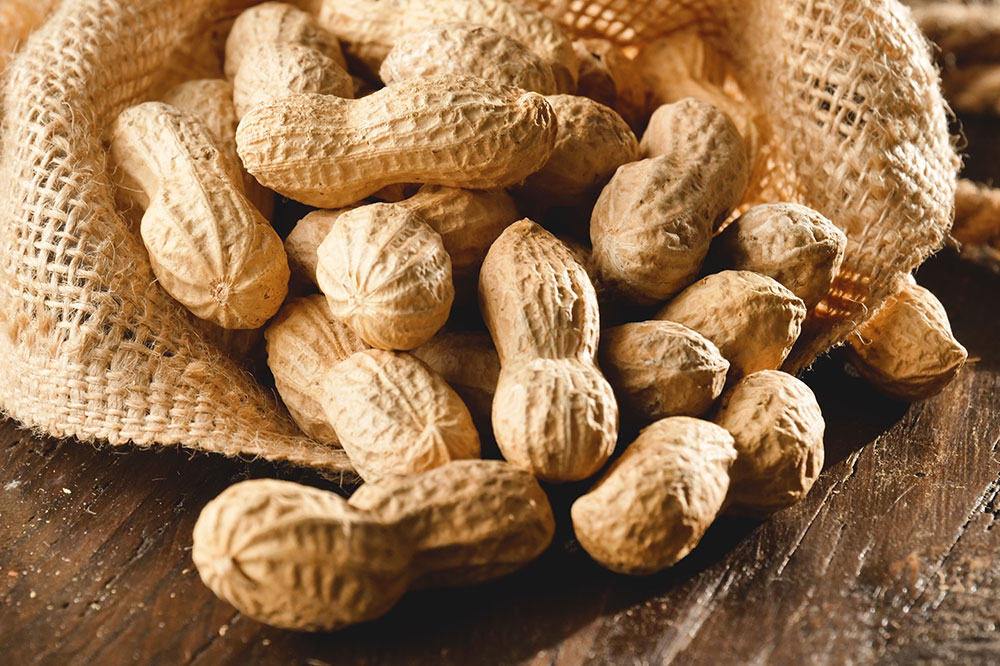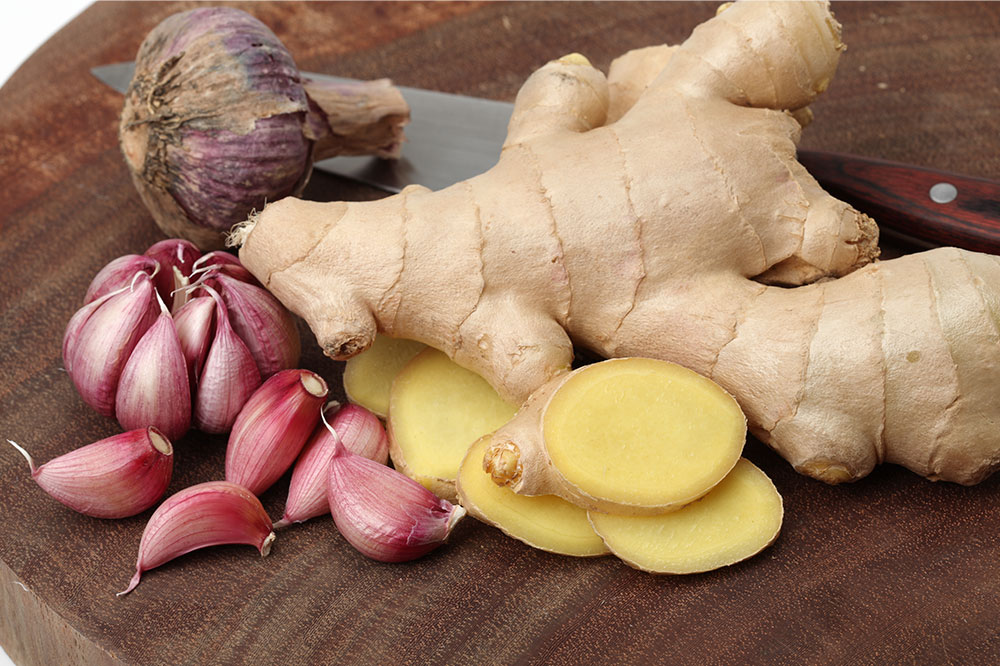Foods to eat to manage arthritis
Arthritis is an inflammatory condition of the joints, and it impacts people of all ages. It is the swelling and tenderness joints and its major symptoms include joint pain, tenderness, and stiffness. That being said, those in the age group of 65 years and above tend to be more susceptible to arthritis. Fortunately, this disorder can be managed with changes in lifestyle and eating habits. The following foods can help reduce inflammation of the joints. Foods to eat Garlic Arthritis causes inflammation owing to the auto-immune response of the body. Garlic helps overcome the issue by easing the inflammation in the joints, thanks to its anti-inflammatory properties. It also contributes toward strengthening the body’s immune response. Ginger The potent spice can fight off inflammation in the body to a great extent. It is particularly effective in treating knee pain that results from osteoarthritis. It contains gingerol, a compound that actively blocks inflammatory pathways, making it easier to fight off inflammation and strengthen the immune system. Fatty fish Freshwater fish are rich in omega-3 fatty acids that help fight inflammation. This also means decreased pain in the joints. Additionally, fatty or oily fish is an equally rich source of vitamin D, making it a nutritionally rich food for those with bone-related issues.
Read More 